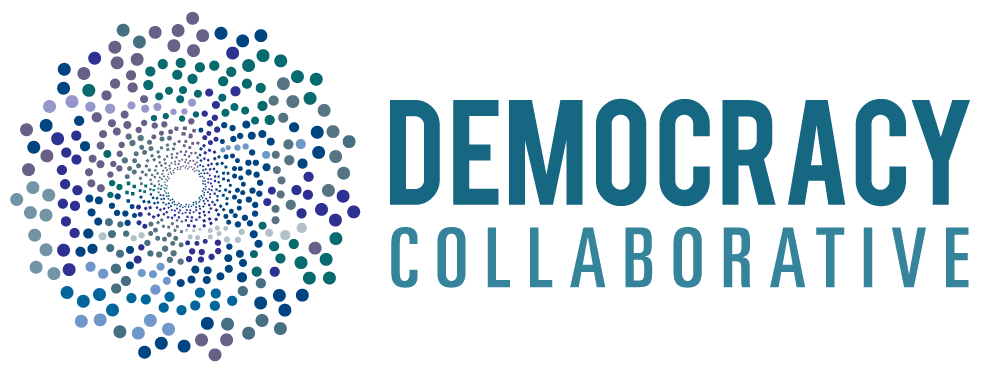Use the post office as a banking lifeline
A banking crisis and economic downturn more than a century ago brought postal banking to America’s shores. During the current crisis, millions of people have to wait months for government stimulus checks, and commercial banks have either balked at or buckled under the task of getting billions of dollars in aid to endangered small businesses. At the same time, the United States Postal Service faces severe financial difficulties that threaten its very existence. Postal banking can help address both of these issues while expanding financial inclusion.
After the Panic of 1907, two new institutions emerged: the Federal Reserve and the United States Postal Savings System. We’re familiar with the former, but the latter has largely faded from public memory. Yet, from 1911 to 1966, post offices in the United States provided basic banking services to millions. Financial inclusion (and systemic stability) was at the heart of the enterprise. Postal savings banks provided services to immigrants, low-income individuals, and other communities not served by private savings banks. In 1947, 4 million people had $3.4 billion in deposits in postal banks—the equivalent of nearly $41 billion today.
In recent years, “banking deserts” have proliferated, disproportionately affecting African American and low-income communities, as 6,000 bank branches closed from 2008 to 2016. Today, the unbanked and underbanked spend approximately $89 billion a year on fees and services from payday lenders and check-cashing outlets. With the majority of post offices in zip codes with only one or zero bank branches, a postal banking system could provide access to payment services, prepaid and refillable debit cards, savings and checking accounts, and small loans with fees 90 percent less than those of payday lenders.
A postal banking system in which everyone can have an account could provide quick access to emergency support for the millions of people without bank accounts forced to wait months for a stimulus check from the government.
Moreover, the drop in demand during the COVID-19 crisis has put tremendous financial pressure on the postal service. Reintroducing postal banking would provide a significant stream of revenue, as it does in many other nations, and help ensure the continued existence of an essential, universal service.

